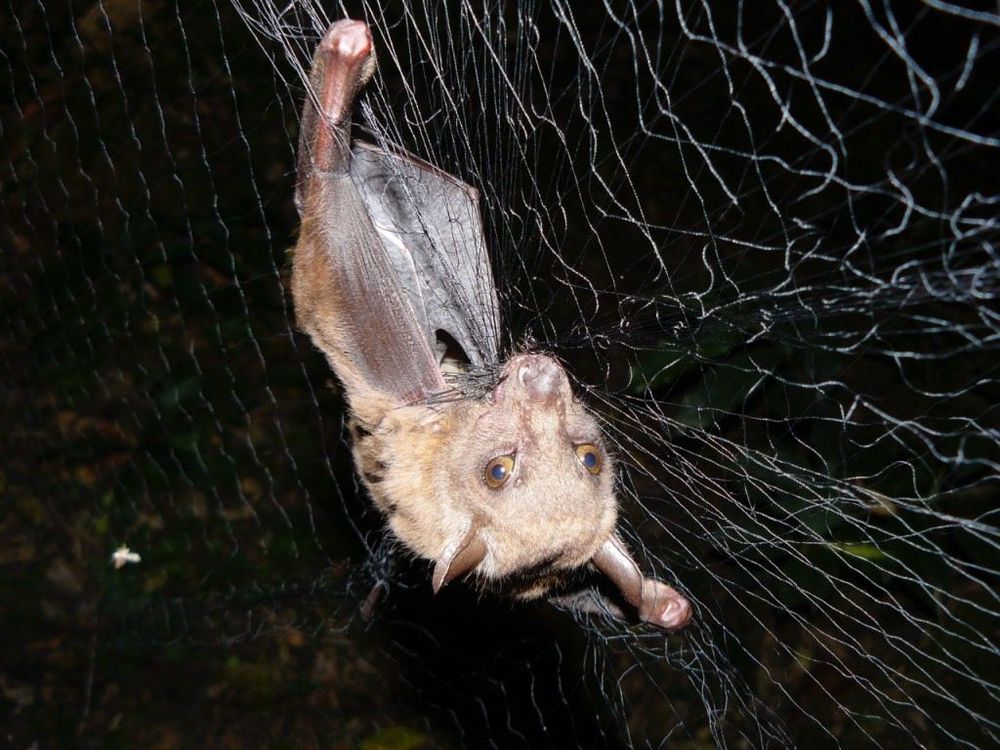To better understand the dynamics of bats and potential threats to human health, Goldberg and his colleagues explored the relationship of an African forest bat, a novel virus and a parasite. Their work, described in a report published July 13 in Nature Scientific Reports, identifies all three players as potentially new species, at least at the molecular level as determined by their genetic sequences.
Many viral pathogens often have more than one or two hosts or intermediate hosts needed to complete their life cycles. The role of bat parasites in maintaining chains of viral infection is little studied, and the new Wisconsin study serves up some intriguing insights into how viruses co-opt parasites to help do the dirty work of disease transmission.
The parasite in the current study is an eyeless, wingless fly, technically an ectoparasite. It depends on the bat to be both its eyes and wings. And it plays host to a virus, as the current study shows. For the virus, the fly plays the role of chauffeur. “From a virus’s perspective, an ectoparasite is like Uber. It’s a great way to get around — from animal to animal — at minimal expense and effort,” Goldberg explains.
